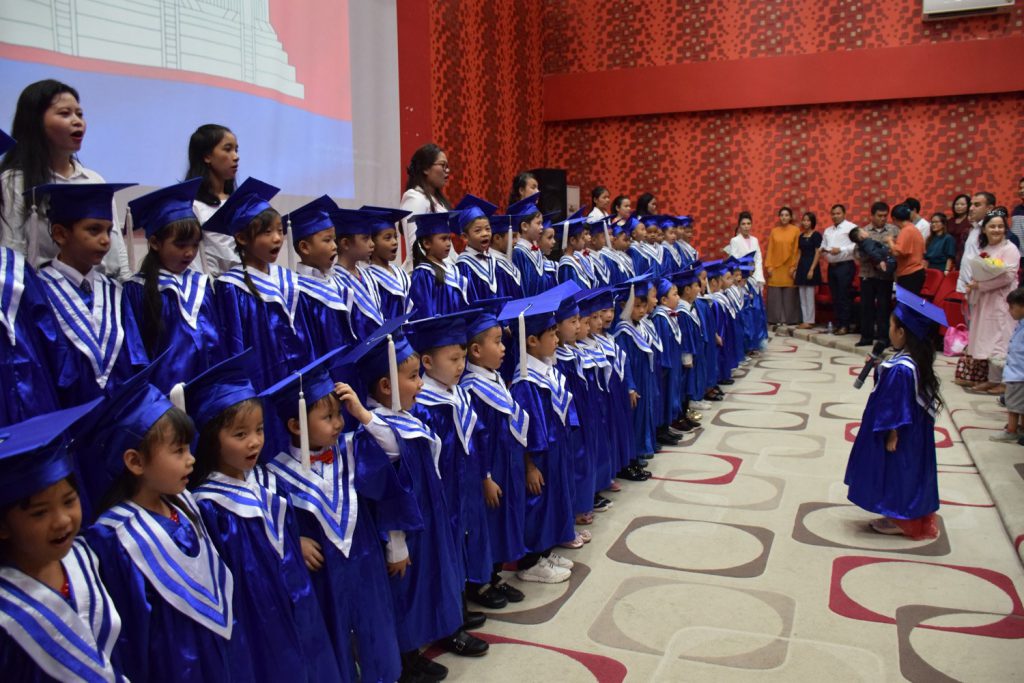
Leverage individual conferences and small groups.
#KINDERGARTEN GRADUATION IDEAS DURING PANDEMIC HOW TO#
To learn more about how to understand where students are in their learning, read “The zone of proximal development (ZPD): The power of just right.” Use data available from a variety of assessments to determine which students may have unfinished or advanced learning needs so that you can differentiate your lessons to scaffold for access to or extension beyond grade-level expectations. At this critical time of transition, it is important to cultivate strong relationships with and among students create a culture of learning and model and practice classroom routines.

Data is key to driving evidence-based decision-making and understanding long-term implications.Increasingly, systems are exploring how to use the summer months more effectively to address unfinished learning and better equip first-time school attenders. More students will enter formal schooling without typical pre-K preparation. Summer learning opportunities will be important for early learners.

The combination of these two possibilities is likely to exacerbate inequity that already looms large in schools across the country. Students who have had fewer early learning opportunities are also likely to have had greater pandemic-related unfinished learning, while students who have had support and access to opportunity at home may have learned even more than they would have in school. COVID-19 school disruptions have widened typical variances in learning experiences. In addition, many more students will be unfamiliar with in-person classroom routines.

As a result, more students will enter kindergarten later or will enter the school system at first grade, creating larger and more split-age classes for both kindergarten and first-grade cohorts. During the pandemic, many families postponed their young children’s school entry because of concerns about the challenges and demands of online or hybrid instruction for young learners and worries about their health and safety in schools. Greater age differences in kindergarten (and some first-grade) classrooms.What to expectĭistrict, school, and classroom leaders should expect the following patterns this fall: According to recent research, US districts reported a substantial drop in the number of students enrolled in kindergarten in 2020–2021, a shift that suggests a “kindergarten bubble” in the coming school year as these students enter school.īecause the academic and nonacademic skills students develop in their preschool and early elementary school years are foundational to important longer-term outcomes, understanding these changes and finding ways to effectively support our youngest students’ learning is critical. One of the many ways schools are being transformed by COVID-19 is a change in public school enrollment, which is likely to have important consequences in classrooms across the nation, particularly for the youngest learners.


 0 kommentar(er)
0 kommentar(er)
